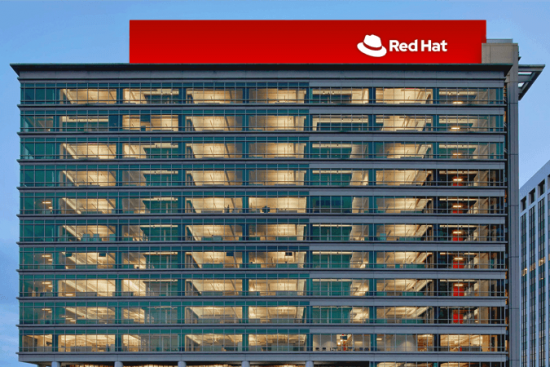


ABOUT RED HAT AGILE DAY
A Virtual
Open Space Event
Red Hat Agile Day 2024 will be a half-day virtual Open Space event. The date is TBD.
An Open Space event is participant-driven and dynamic. Participants suggest discussion topics based on the organizing question and work together to build an agenda. Rather than simply watching lectures on your screen, you are invited to be an active participant in creating and running the event.